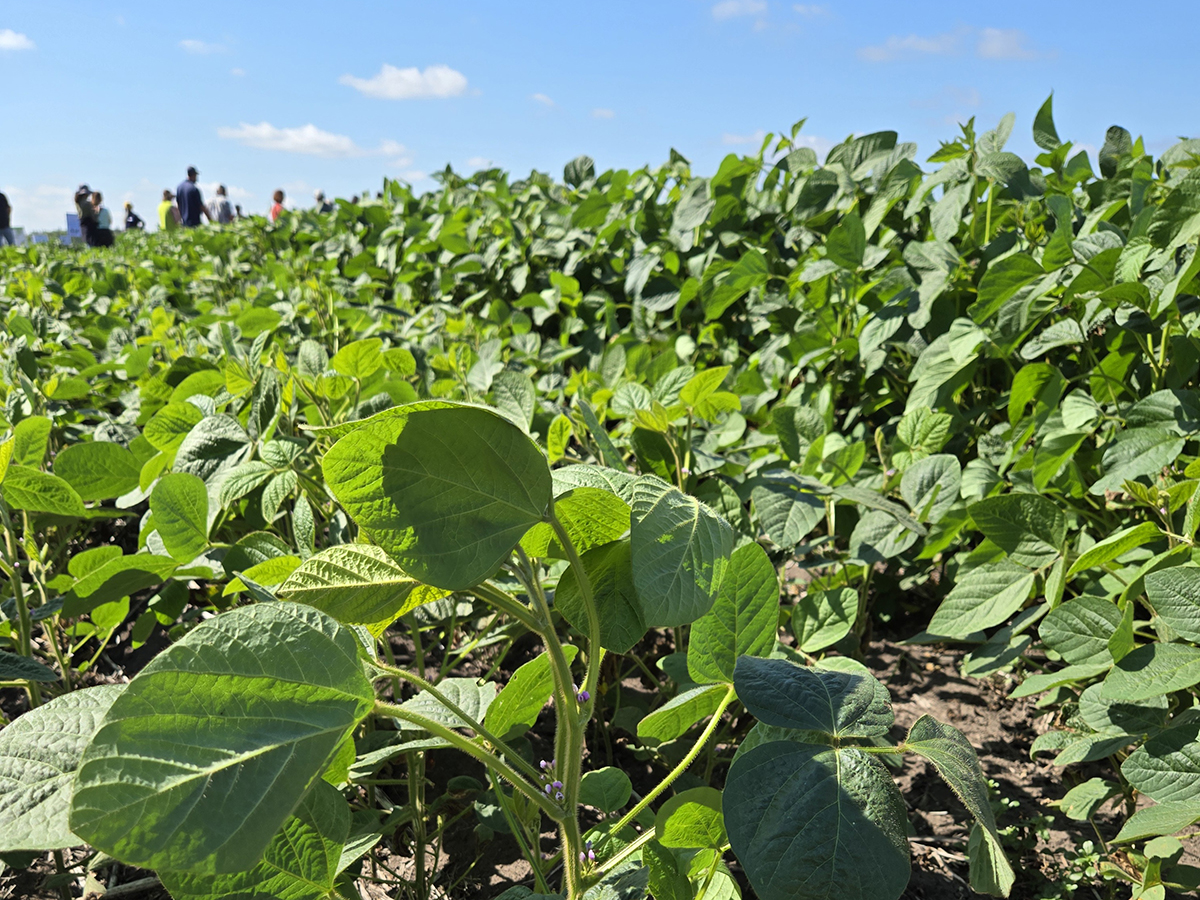TORONTO – Today’s 4-Hers are role models for the 4-Hers of tomorrow, a Manitoba high school teacher said during the jointly held Canadian 4-H Members and Leaders conference Nov. 3.
“A lot of young eyes are watching them,” said Mark Essay.
“The responsibility lies with the kids who are in 4-H being role models and really enjoying it.”
About 60 4-H members from across Canada represented their provinces at the Toronto conference.
“Let people know who you are and what you do,” Essay said. “That’s the most contagious thing. Rather than tell somebody, show them.
Read Also

Spider mites big soybean problem this season
Spider mite issues have been geographically limited but significant where they occur, said John Gavloski, an entomologist with Manitoba Agriculture.
“Through role modelling and living life to the fullest, you’re encouraging young people to stay involved so they can be like you.”
Essay, of Portage la Prairie, Man., is a frequent speaker at the annual conferences and other 4-H events.
He grew up in Oakville, Man., where he participated in 4-H projects ranging from light horse to photography to woodworking. His favourite part was the social element.
“I loved the social element of it all, being with a group of people dedicated to having fun and learning new things.”
Essay said 4-H shaped “who I am as a person and as a speaker.”
Those looking in from the outside only see a “hokey” image of a calf being led in a ring and not the social interaction.
“City kids don’t understand the value of the country mentality: hard work, physical work and a connection to family,” he said.
4-H, like other youth activities, faces challenges keeping members through the teen years.
“If you don’t feel connected, you drop out,” said Essay.
The national 4-H conference brings together the best of what 4-H has to showcase.
“These are kids who live on the edge of anything’s possible and I want to learn and I want everything that life has to offer them,” he said.
Saskatchewan members Aimee Moore of the Riverview Riders 4-H Club at Gronlid, Sask., and Naomi Easu of Herds of Thunder 4-H Club at Dalmeny, Sask., said Essay’s presentation offered good ideas for their clubs.
They agreed the program should fully involve members.
“Make sure it’s run by kids and kids are more involved than parents,” said Easu. “He really inspired us to do that.”
She learned how to introduce a new idea in a positive way.
For example, talk generally about what makes a good horse clinician before suggesting specific names.
“Include the name after they’re already on the side of the point,” Easu said.
Moore recognized the importance of connecting with all members in a club.
“It inspired us to reach out to the wallflower-type people, those not in a clique,” said Moore.
For the future, Essay said change represents growth for organizations like 4-H, which must stay current to attract and retain members.
Kids change and organizations have to as well,” he said.
———
“access=subscriber section=farmliving, livestock, news














